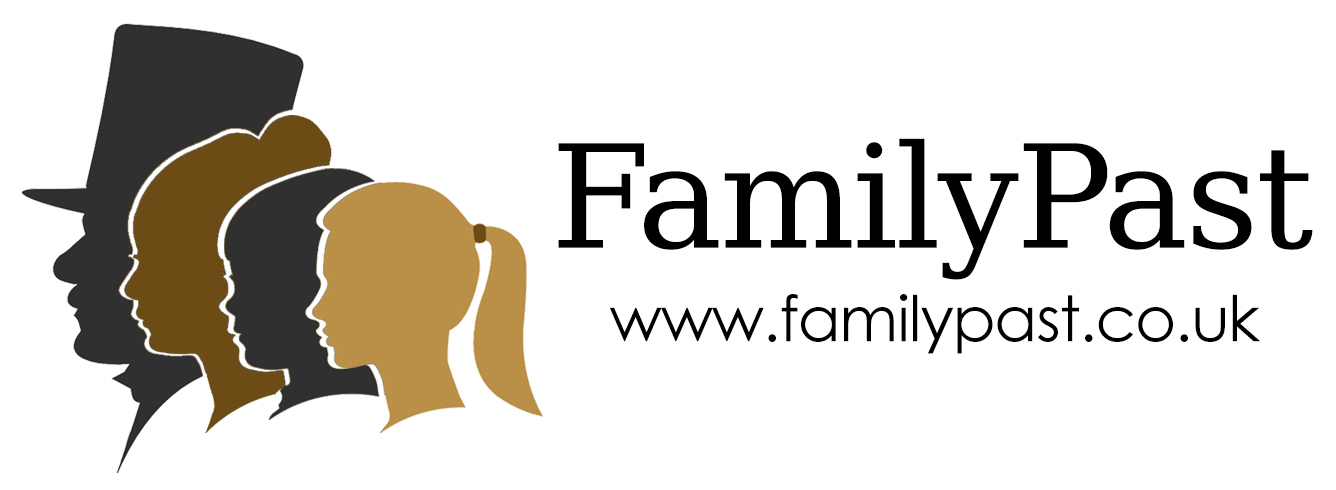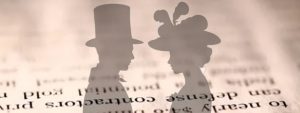The 1911 census is considered a rather special census to a family historian as it is the first census that reveals a lot more details compared to previous censuses. I think many of us can appreciate the fact that this census is written by the head of the house which is most likely an ancestor rather than an enumerator. This census gives us so many clues and even an insight to the types of humour at the time to strong political beliefs. Mixed emotions were expressed through this census being taken at the peak of the suffragette movement. Many suffragettes boycotted the 1911 census and in many ways looking back now and seeing these censuses as a family historian it’s a wonderful piece of history that expresses these women’s voices.
The one thing that’s great about this 1911 census is the fact it has more columns than previously recorded censuses giving more information and this is great for any family historian. Your ancestors are practically telling you how long they have been married and how many children they had and how many died. This census is also the first census to record full details of British Army personnel who were stationed overseas which is really helpful.
However, there is a strong reason for why so many details concerning personal information on fertility and marriage were required. At the time the government was extremely concerned about the high fatalities and rapid birth drop and they wanted answers to see how bad things were. The answers revealed the shocking truth on the state of the country. A huge concern was poor health which resulted in huge fatalities of children under the age of five and these numbers over the country were extremely high. The average life expectancy of a man in 1911 was around 51 years and for a woman it was 55. There were so many factors to why there was such a high death rate one example is tuberculosis was strife in the country along with many other incurable diseases which spread. Babies and infant deaths were caused from disease, lack of nutrition and conditions of poverty and sanitation. .
The census gave other results which showed the different nationalities living at the time in certain areas of the country and large numbers emigrating. It also gave employment details and what sectors people were working in. These results also show the poverty areas of the country with targeted areas which had the least skilled men and women and where families were living in poverty.
Many will ask what changes were made after 1911 to improve things. Well, the government did learn a lot from the 1911 census and that more housing was required with better sanitation which would improve hygiene facilities preventing diseases such as cholera. More effort was made in child welfare to make sure children were getting more nutrition in their diet. Milk depots came about where mothers could feed their babies with free milk. However, little chance to make big changes because of the outbreak of WW1 came to Britain’s doorstep in 1914. War has never been a good thing and we lost so many young men in this cold war. However, it did alter everything, perhaps our lifestyle changes evolved much faster in order to survive. In 1919 after the war social housing was first made available which was led by councils across the country. This gave soldiers and families living in poverty an affordable, safe home to live in which helped to improve lives.
The standard of education to both girls and boys became more of an importance after 1911 and the education system was starting to expand and improve. The 1911 census also showed areas where many were unskilled and where children were uneducated.
Other sectors developed due to the war which included doctors who had learnt a tremendous amount of new medical skills and procedures since dealing with soldiers with large amputations and wounds. Technology and machinery advances developed much faster with machine guns, transport, airplanes and communication with telephones.
One thing to note about the 1911 census is that around five percent of this census collection suffered some water damage many years ago. All were scanned and transcribed, however some enumerator summary books are missing online.





